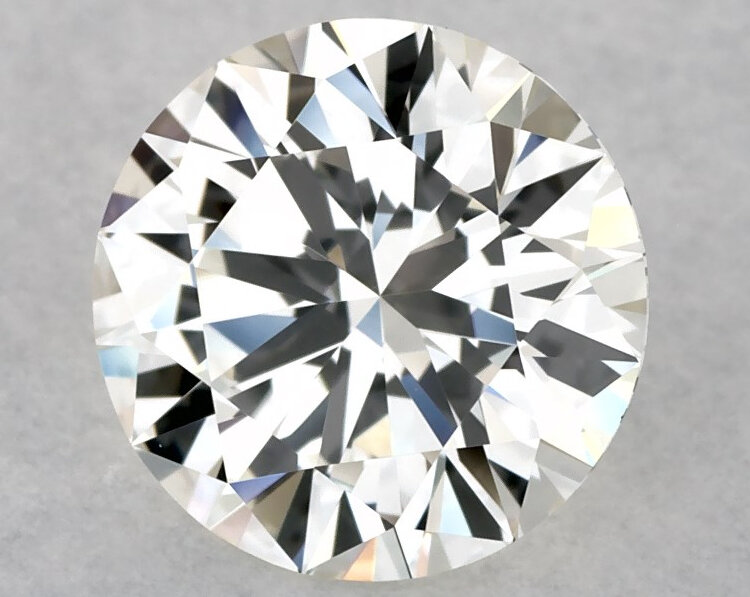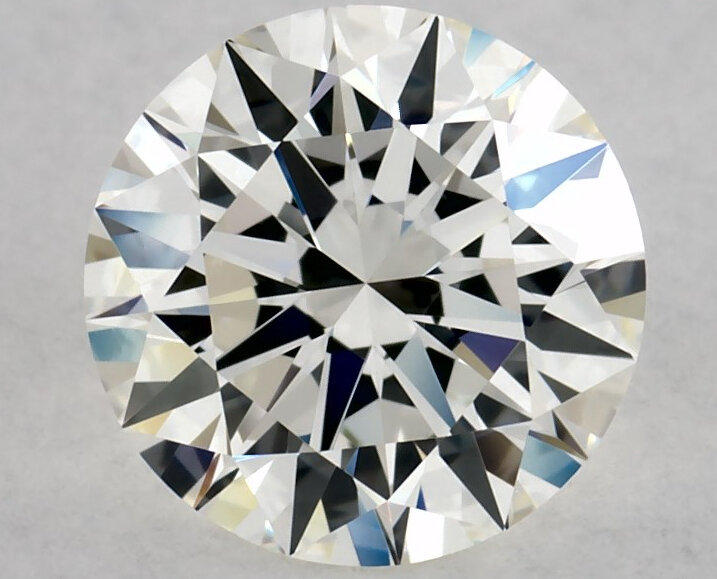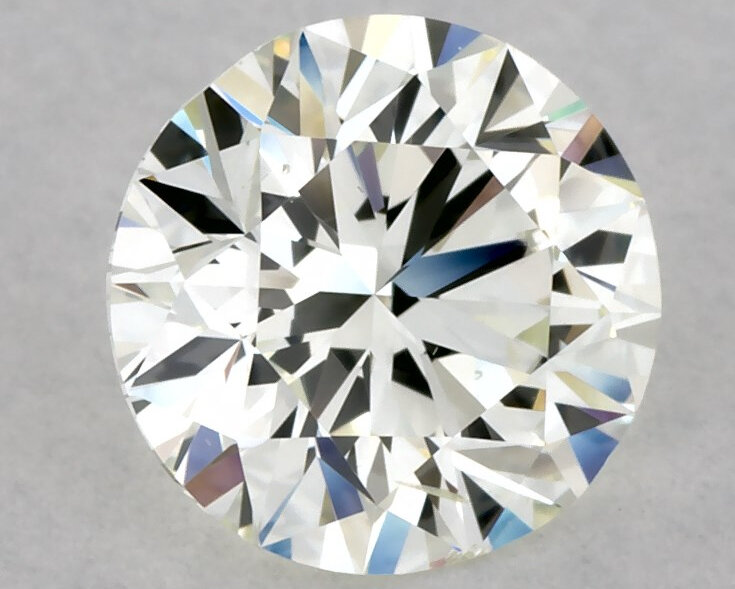Three Steps to Buying a Bigger Diamond
Three Steps to Buying a Bigger Diamond
So your significant other is always mentioning how they want a big stone on their ring. You've checked prices, though, and realized that things could get real expensive real quick. So, what steps can you take to purchase a larger carat diamond without breaking the bank and sacrificing quality? Let's look at the three steps to buying a bigger diamond and how you can use them to your advantage.
Color: The truth about Color is that it's really hard to tell the difference between Color grades with the naked eye. While everyone would love a "D" Color diamond, an "I" Color diamond would look just as good. Additionally, you can mitigate some of the Color effects by judiciously matching the diamond with yellow gold, lower Color adjacent diamonds, or even if your significant other tends to wear darker clothing or other jewelry. Ultimately, it is very hard to determine Color in isolation, and we tend to judge Color against the surfaces directly surrounding the diamond. With this in mind, you can use this to your benefit.
Clarity: Much like Color, Clarity levels are challenging to determine with the naked eye. Clarity grades from VVS1 to VS1 are almost always invisible unless you put them under 10x magnification. Knowing this, why would you spend your money on a hidden feature? Sure, there’s the intrinsic value of knowing that you purchased an excellent diamond. Plus, typically, the Clarity won’t be far behind when the diamond has an Excellent Cut, Polish, and Symmetry. Just remember that when it comes to Clarity, there is always an opportunity to funnel some savings from Clarity into a larger Carat size. Additionally, when choosing a lower Clarity grade, some of the effects can be minimized by carefully analyzing the type and location of the Inclusions.
The examples you see below are pulled from James Allen’s inventory and are an excellent visual reference for the type of compromising and savings that can be had. Both diamonds are 1-Carat Round, H-Color, Excellent Cut stones. The one on the left costs $6,950 and has a Clarity rating of IF, Internally Flawless, which is about as perfect as can be. While the diamond on the right costs $5,040 and has a Clarity of SI1, Slightly Included 1. In the magnified photos below, you can see the inclusions in question, but it is essential to remember that few of these will ever be seen to the naked eye. While this is an extreme example, is the knowledge of these inclusions’ existence worth $2,000?
Shape: The most essential tool at your disposal when trying to maximize a diamond's Carat size is choosing the correct Shape. Unfortunately, Shape is very much a personal preference. Thus, if your significant other has her heart set on a Round diamond, well, there goes that. But, if you're open to different diamond Shapes and appreciate the beauty that each Shape brings to an engagement ring, you can make significant savings. Check our post detailing the effect of Shape on cost here to see the full breakdown. Choosing a shape such as Cushion or Emerald can yield savings of over 20%. That can be a substantial amount of money to allocate towards Carat size.
Use what you have at your disposal
By utilizing the three categories specified above, a buyer can shift a significant amount of money from features they wouldn't necessarily appreciate to increasing the diamond's Carat size. If there's one other thing to keep in mind, though, it is to never compromise on the Cut of a Diamond. A Diamond's Cut, Polish, and Symmetry are integral to its ability to reflect light, and thus its radiant features will be directly impacted. Just remember, maximize Cut and maximize Carat, and everything else will sort itself out.
Looking For An Engagement Ring?
Let us help you navigate the 4-C's and all the nuances that make buying an engagement ring daunting. Contact us, and we'll provide you with one-on-one help so you can save money and get a stunning engagement ring she'll love






